Polymer concrete is a combination material in which the binder consists entirely of synthetic organic polymers, also known as artificial resin concrete.
Polymer concrete consists of a minerals filler, for example, aggregate and a polymer binder, which may be thermoplastic, but more frequently is a thermosetting polymer.
Sand is used as filler, and the combination is referred to as a polymer mortar. Other fillers include gravel, limestone, crushed stone, chalk condensed silica fume (silica dust, silica flour), granite, quartz, clay, expanded glass, and metallic fillers. Generally, any dry nonabsorbent solid material can be used as filler.
Why Is Polymer Mortar?
Important Point
The first naseberry thing to understand that polymers are mainly used to modify mortars (portland cement + water + sand aggregate), not for concrete (mortar + larger aggregates, like gravel or stone) because of the relative cost involved.
The main exceptions are polymer-modified concrete for bridge deck overlays and road repair work. Most polymer-modified cement applications involve mortar that is not more than an inch or two thick. But let’s start with the basics.
Also, read: What Is Rebar | Why use Reinforcement in Concrete | Types of Steel Reinforcement Bars
Various Types of Polymers Mortar/ Concrete;
There are multiple types of monomers, and prepolymers are used to generate polymer concrete. The polymers most frequently used depend upon the main five types of prepolymer and monomers.
- Epoxy
- Carbamide(Urea Formaldehyde)
- Acryl(Methyl Methacrylate)
- Polyester
- Furan(Furfuryl Alcohol)
1. Epoxy Polymer Concrete;
This binder is a thermosetting polymer; it can be hardened with various curing agents; the most frequent content is polyamines. The used of polyamine harders results in polymer mortar products with the top chemical resistance. Other curing agents are polyamides and polysulfide polymer. Epoxy polymer mortar products cured with polyamides have greater flexibility, excellent heat resistance, and reduced chalking tendency in outdoor exposure. However, their solvent and chemical resistance is smaller than for identical products cured with polyamines. The adding of polysulfide polymer produces an epoxy polymer mortar with greater flexibility.
Due to they are comparatively expensive, epoxy polymers have been used very widely preferred as the binder in polymer mortar products.
The physical strength of products depends on the amount of resin and filler used in the chemical composition of the fabricated epoxy of polymer concrete. For example, a specimen that contains 15%resins and 200% filler resulted in high compressive strength and flexural strength. Tensile strength was on a peak at 20% resin and 200% filer. Whereas the mechanical strength of modified polymer concrete waws between 4 to 5 times higher than PCC.
Also, read: Difference Between Mortar and Concrete | What Is Mortar & Concrete | Types of Mortar & Concrete
2. Carbaminde Polymer Concrete:
This resin is prepared by the polycondensation reaction of urea and formaldehyde in the aqueous or aqueous-alcoholic medium. Based on carbamide, resins have low toxicity, preferably in manufacturing. However, the content of the polymer matrix in these polymer mortar is high maximum up to 30%, and their physical and mechanical traits are low in comparison to other types of polymer concretes.
This resin contains a considerable amount of tree water around 30 to40%, which leads to more shrinkage during the curing of the composition. Some times, it creat cracking of the materials.
3. Acryl Polymer Concrete:
The mainly used acrylic polymer is polymethyl methacrylate, which is gained by polymerization of methyl, and it also is known as MMA. Polymer concrete made with this acrylic polymer as a binder is a versatile material that has excellent weathering resistance good waterproofing properties good chemical resistance and relatively low setting shrinkage. It has a very low tendency to water absorb water acrylic polymer concrete has a very high freeze-thaw strength. The small flashpoint of the MMA monomer is a demerit, but as it constitutes a safety problem. The MMA polymer concrete can easily applicable at any time after the primer has cured, which allows for preparation of many areas ahead of time, making placement more efficient.
Also, read: Concrete Mix Ratio | What Is Concrete Mix Ratio | Types of Concrete Mix Ratio
4. Polyester Polymer Concrete:
Polyester resins like epoxy are one kind of thermosetting gums, obtained by polycondensation. Its viscosity is low, and materials that are based on them have high mechanical and electrical insulating traits ad high resistance to acids, oils, gasoline. Polyester resins are toxic, and with weak stirring of the mixture components, the probability of stratification and step by step curing of the composition is high.
5. Furan Polymer Concrete:
This polymer is based on furfuryl alcohol, which is gain from agricultural waste such as rice hulls, sugar cane, bagasse, corncobs, oat hulls. This is generally crossed linked with furfuryl alcohol, furfuraldehyde, or formaldehyde to yield thermosetting polymers, high resistance to most aqueous acidic or basic solutions, and a strong solvent such as ketones, aromatics, and chlorinated compounds. The vital thing about this is the ability to be stored for long periods roughly up to 5years, even at very low temperatures.
Also, read: What is Plum Concrete | Application | Mix Design | Methodology
Mainly Used Method to Improve Polymers Mortars
Here, we are looking at the method for repairing polymer concrete, the method is as follows.
- Cement Curing
- Improvement in Workability
- Modified Adhesion
- Improved Durability and Strength
Let us know in detail the method used to improve polymer concrete.
1. Cement Curing:
Widespread cement cure is used to modified polymer mortar. The strength of Cement/concrete depends on proper curing, a chemical reaction known as hydration between water and cement that causes crystals to grow and wrap around the mix components. During the initial stages of cure (around five to seven days), there must be adequate water to maintain the hydration process, or the concrete will not harden correctly.
Here, polymers condense the water evaporation rates. Permitted the crystal structure to keep growing and strength of building during these critical early curing stages. This reduced water evaporation is particularly vital in slight applications, where the surface area for dissipation is more, comparative to the volume of the mortar.
2. Improvement in Workability.
Modification noticeably improves application traits, making the mortar bit more watery, so it handles and applies with ease. There are Certain polymers too prolong the hydration period, which can boost working time, a vital characteristic in hot weather conditions. This kind of tricks used by contractors, so there will be less water use for workability purposes. The polymer also acts as a water reducer, ultimately leading to a stronger mortar with fewer voids or weak spots.
Also, read: What Is Cover in Concrete | Clear Cover in Beams, Slab, Column, Footing
3. Modified Adhesion.
Polymer modifiers work as an adhesive to facilitate the modified mortar overlie to glue on a variety of surfaces such as masonry, concrete, brick, glass, wood, and polyurethane foam, rigid polystyrene, and metals. Adhesion is a vital property, particularly in thin sections cover mortar applications such as stuccos, spray coatings, and underlayments, and apps with extreme vibration and dense traffic areas.
4. Improved durability and strength.
In some particular cases, like cured polymer-modified mortars usually improved flexural strength, impact and abrasion resistance tensile strength, water resistance, and chemical resistance versus unmodified mortars — also, the polymer in the mortar helps to control micro-crack propagation which improves the largely mortar’s toughness.
Also, read: What Is Cover in Concrete | Clear Cover in Beams, Slab, Column, Footing
Where is it Applicable?
The grouping of all traits like improved workability, curing performance, Adhesion, and allows using polymer-modified mortar in many applications that would otherwise be difficult or impossible. One thing most of these applications have in general is a thin layer of mortar. Usually, it may remain under or not beyond 1 or 2 (inches) thick. All of them necessitate one or more of the chemical and mechanical traits mentioned priory.
Repair Mortars:
Grouts for reform cracks and delaminating of concrete structures forex. Driveways, sidewalks, and walls, Adhesion, abrasion resistance, tensile, and flexural strength. Fresh mortar will not joint perfectly to the old concrete construction part without making polymer modification.
Grouts &Adhesives:
Ceramic, Marble, Stone -Wall and floor tile, etc. Adhesion, flexural strength, and water/chemical resistance. This one is the standard application for polymer-modified mortars.
Used for Waterproofing:
Mostly it applicable in the area of septic tanks, Basements, bulk water storage tanks, and concrete walls, ship decks, roof decks. Water resistance for all chemical resistance, other properties relies on the application of the material.
Flooring & Pavements:
It can be used in mortar or where heavy concrete industrial/commercial flooring overlie formulations .few examples are here, stairways, Garages, Warehouses, factories, hospitals, railway platforms, airport runways, stairways, garages, etc.properties of Abrasion resistance, chemical resistance tensile and water resistance, flexural strength, and exterior durability get modified.
Like this post? Share it with your friends!
Suggested Read –
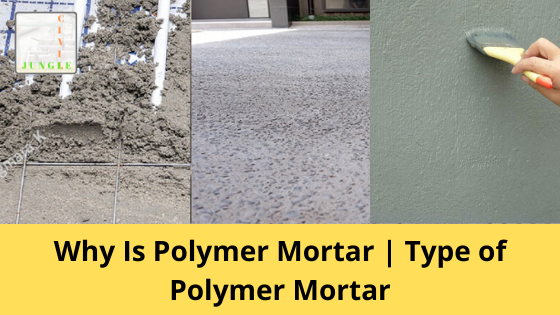
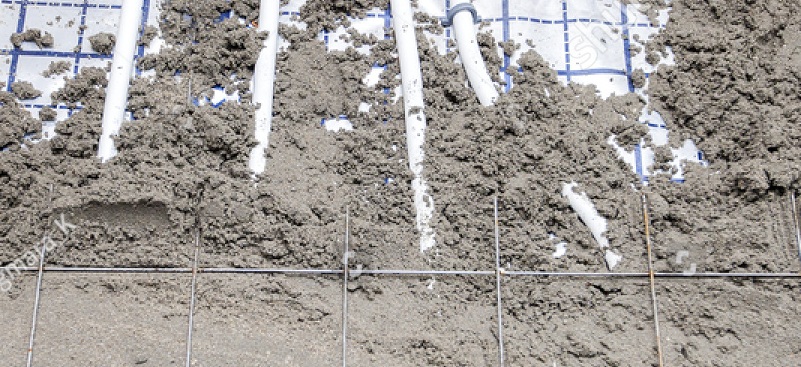
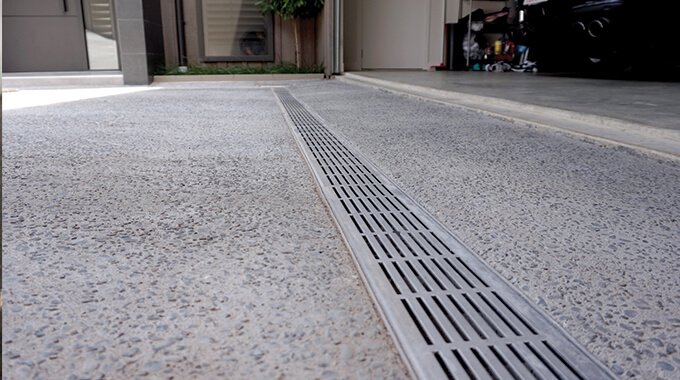
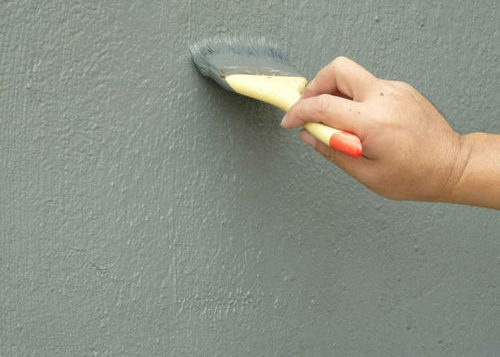

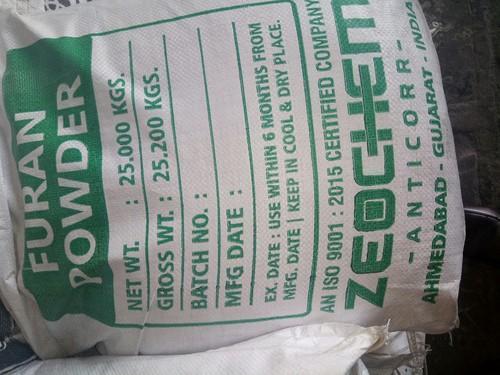

Leave a Reply